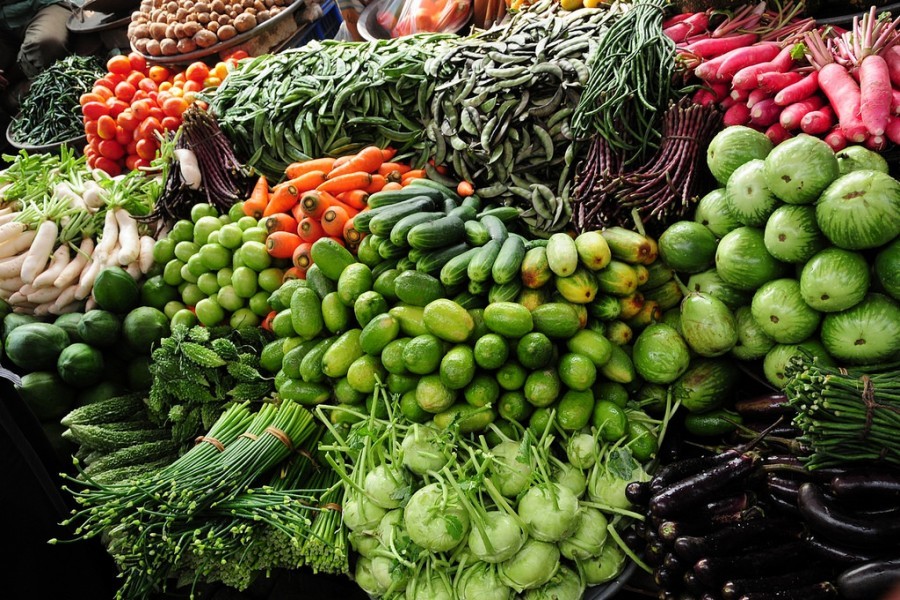Farmers in Bangladesh today are better off than they were before. It is because they produce more cereals - paddy in particular - courtesy of the high-yielding variety and modern cultivation technology. Hunger is certainly a thing of the past. However, availability of foods is no guarantee of quality consumption. Do families depending on agriculture also have enough micronutrient contents - nutrition that is - in their diets? An overwhelming emphasis on production of food grains took away the focus from many of the crops that ensure right proportion of nutrition in daily diets. What farming community in the country have been eating was hardly a concern for the policy-makers, they were rather concerned with production of enough paddy or rice for the nation's consumption. Diversification of crops is yet to figure as a national policy, although economic compulsions have acted as a decisive factor for prompting farmers to go for it.
Now the Bangladesh Institute of Development Studies (BIDS), a state-controlled think tank, has made an attempt to find a correlation between the crops farmers produce and the nutritional intake of their families. Shedding light on this aspect of agricultural life was, indeed, overdue. The findings of the BIDS study are rather uninspiring - even gloomy, many would agree. Only 25 per cent of farming households have access to foods with the recommended level of nutrition. Although, the deficiency levels for different categories of families growing crops have not been detailed in the report carried in this newspaper on the study, it may be assumed that for a significant segment it is acute. The reasons are not far to seek. Fragmented families own small size of crop lands and there are cases where farmers have only homesteads, no land for cultivation of any crop. They are either share-croppers or give their labour for others. Even farmers with small-size plots have no other option but to go for mono-cropping.
Sure enough, the smarter farmers with enough lands at their disposal have learnt their lessons the hard way. With paddy price staying at levels where farmers either have no profit margin or even do incur losses for quite a few years, they were compelled to go for alternative cropping. Some started cultivating vegetables, others local or exotic fruits and still others opted for mixed culture of cultivation of crops and pisciculture. Farmers who went for such innovative agricultural methods took no time to overcome their nutrient deficiencies. Other farming families were not equally lucky.
There lies the problem with mono-cropping. Now is the time that the policy-makers focused on diversification of crops. The country needs cereals. But when their cultivation proves uneconomic, there is no point asking all farmers to produce rice. Even high value cash crops can be a better option because some of the sale proceeds from them would be usable for enriching the food basket. But to do this, a wide-angle agricultural policy has to be devised meticulously working out how the country's farmers can benefit from it. Children in villages and slums suffer from stunting not for nothing. People who feed the nation must have nutritious foods for themselves and their children.


